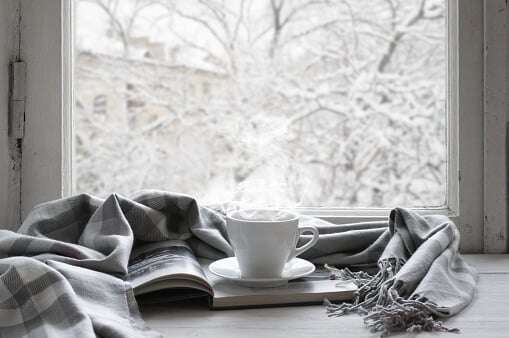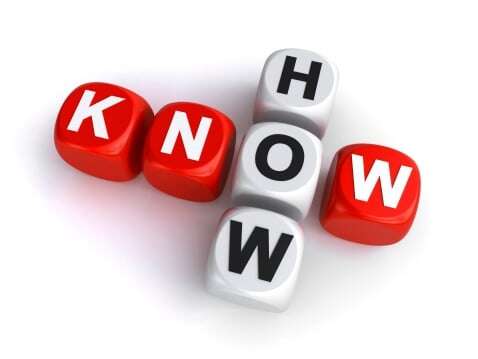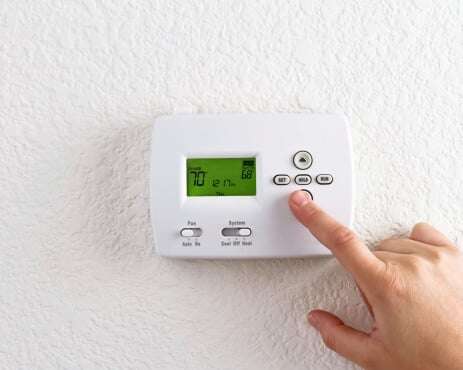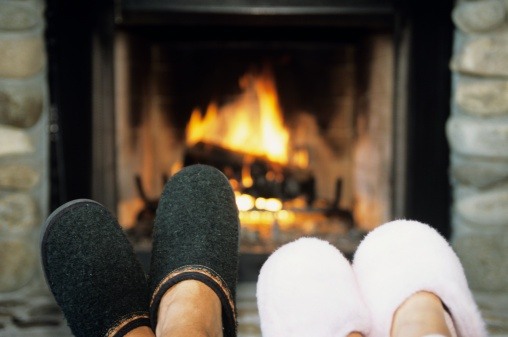 Sixty-eight degrees never felt so chilly, so you turn up the thermostat to 69 degrees. Then 70 degrees.
Sixty-eight degrees never felt so chilly, so you turn up the thermostat to 69 degrees. Then 70 degrees.
It seems hard to believe that only a few months ago, these temperatures felt fairly comfortable. But now you're chilled to the bone and ready to crank the thermostat to 72 degrees, knowing full well that as the numbers climb, so too will the amount you owe to the gas company.
Before you get too carried away, realize that there's no better way to keep your home warm than to block cold air from entering your home while keeping warm air from leaving your home. The U.S. Department of Energy estimates that about 20 percent of the warm air you pay for escapes through your home's “envelope,” meaning the doors, walls, windows and many other openings (like vents) that lead directly outdoors.
So begin with some hugely important fundamentals before turning to some tips that the home heating experts at Experts In Your Home hope will keep you as warm as a thick, crocheted afghan.
Address the all-important basics of practical home heating
- Seal cracks and holes around windows with either caulk or weather-stripping. Which one should you use? The U.S. Department of Energy recommends: “Use weather-stripping in your home to seal air leaks around movable building components... For stationary components, caulk is the appropriate material for filling cracks and gaps.”
- Plug leaks in all openings that lead outdoors, such as cable and TV lines, vents and outlets.
- Apply weather-stripping to exterior doors or at least block drafts by rolling up small area rugs and placing them right against the base.
- Check your ducts for cracks, holes, disconnects and drooping mastic tape. Following up with duct repairs often is a good time investment: the California Energy Commission estimates that repairing leaky ducts with mastic tape saves many homeowners as much as 10 percent on their heating bills. (Duct repairs can be tricky, so remember that our home heating experts can help.)
- Check the condition and amount of insulation in your crawlspace and attic. with A helpful guide from the department of energy can take the guesswork out of this process and guide your best efforts.
Embrace an afghan – and these home heating tips
- Introduce some humidity in your home. The extra moisture will help you feel warmer and may allow you to lower your thermostat. See a previous Experts article, “Tips to humidify your home while using your heating system,” for information about humidifiers and natural humidifying methods.
- Set your ceiling fans to run in a clockwise direction so that the blades push warm air down from the ceiling. (In the summer, the blades should spin in a counterclockwise direction.)
- Go room by room in your home and check all the heating vents to ensure that they're fully exposed and not blocked by furniture. Consider rearranging furniture, at least through the winter, to see what a difference fully exposed heat registers can make.
- Keep window treatments open during sunny days (but then close the treatments when the sun goes down). Consider hanging quilted drapes or those with insulating liners to reduce heat loss.
- Place area rugs on cold tile and even wood floors, where you could be losing as much as 10 percent of the heat you're paying for every month.
- Fire up your oven or stove to prepare meals and side dishes for at least one hour in the evening. It may help to recall that this hearty kitchen appliance was the same one that probably put sweat on your brow during the summer. In the winter, you can bask in its warmth for an even even longer period of time if you turn off the gas and keep the oven door cracked open to let the heat escape.
- Light candles to raise the temperature in small rooms and spaces. Be sure to heed the advice Experts In Your Home provided in a previous article, “Home tips for candle safety.”
No one has pointed any fingers at your furnace – at least not yet. But if all your efforts still leave you feeling chilled, contact Experts In Your Home so that we can inspect your furnace – as well as the thermostat that you might be wrestling with, too.








